Robert Ainsworth Cheetham, Photographer of Woburn Sands
When I first began collecting local postcards, I noticed some tiny embossing on some examples, usually in the lower right-hand corner. You can just make out “R. A. Cheetham” in a script-font. Sometimes the cards have captions on the front, sometimes they do not, but they are always very good quality photographic images, and some are of one-off events, which make them extremely interesting. I know you are here for the postcard views, but first, a short biography…
Robert Ainsworth Cheetham was born in Dukinfield, near Stalybridge, Cheshire in 1867 and baptised on 9th January 1868. He was the son of an accountant, Robert and Sarah. The baptismal service wasn’t performed by the regular vicar of the parish, but by John Cheetham, his uncle.
It appears Robert snr. died before his son was even a year old, as there is a death recorded in Salford in the autumn of 1868 of a Robert Cheetham. At the census of 1871, the family are in Plantation Road, Dukinfield, with Sarah, 28, now a widow, as head of the family. She and her son were living with her sister Elizabeth Ainsworth, 16. They were both dressmakers.
Sarah remarried in late 1878 and then appears as Sarah Reece in the 1881 census at 72 Wakefield Road, Ashton under Lyne, Lancashire, along with Edward Reece, 33, an unemployed farmer. Robert jnr., now 13, was there, described as a scholar, along with his sister Helena, 15, who was already a pupil teacher. She had also been born in Stalybridge, but I cannot locate her on the earlier 1871 census. The Reece’s also had their own son (Edward) by now, who was a year old, as well as four boarders staying in the house.
Ten years on, and Robert was living with his uncle who had baptised him, in Shepherds Green, Greenfield, Saddleworth, in the West Riding of Yorkshire. The 1891 census:
John Cheetham, Head, Single, 48, Clerk in Holy Orders, born Dukinfield, Cheshire
Elizabeth Cheetham, Sister, Single, 59, -, Dukinfield, Cheshire
Mary Bell, Sister, Widow, 45, -, Dukinfield, Cheshire
Alfred H. Bell, Nephew, Single, 25, Bank Clerk, Dukinfield, Cheshire
Robert A. Cheetham, Nephew, Single, 23, Solicitors Clerk, Dukinfield, Cheshire
Mary T. Bell, Niece, Single, 19, -, Dukinfield, Cheshire
Elizabeth Street, Servant, Single, 20, General Domestic Servant, Birmingham, Cheshire [?!]
But where was his sister Helena now? She was living at “Dun Springs”, in Station Road, Woburn Sands, as a boarder with Harriett Platt, having obtained the position of Infants Mistress at the local Elementary School at Aspley Heath in September 1890. We do not know when Robert’s interest in photography started, but by December 1891, Robert had given up his clerkship in Yorkshire, and joined her here, where he became the town’s photographer. This is confirmed by the image of a woodcut of St. Michael’s Church, which appears on the cover of the parish magazine, credited inside as “Woodcut prepared from a photograph by Robert Cheetham.”
This small note appeared in the Bedfordshire Times & Independent of 2nd December 1893:
“WOBURN SANDS. Church History – Lecture. Mr. Ernest Elford gave the first of a series of lantern lectures illustrating the history of the Church of England, in the Institute, Woburn Sands, on Monday evening. There was a large audience, who listened with great attention to the lecturer’s remarks. The lantern was kindly lent and worked by Mr. Cheetham, and the various views, which well-illustrated the lecture, were much admired.”
Lantern-lectures were the forerunner to a night out at the movies! Glass-plate images could be projected onto a wall or sheet, to show photographs to a large audience. Cheetham obviously had the equipment and experience with images already. The series of lectures continued into the New Year and after another event it was reported that “…upwards of 50 views, comprising some of the principal Cathedrals were thrown on the canvas.”
But it wasn’t only religious history that could be taught this way. The medium was very popular, and other subjects were covered too. The Leighton Buzzard Observer & Linslade Gazette of 23rd January 1894:
“WOBURN SANDS. Church History Lectures. The monthly lantern lecture given by Mr. B. E. C. Elford, the lay reader, took place in the Institute, Monday evening in last week, the lecture, “The Establishment of the Church of England,” summing up the two weekly lectures given this month by Mr, Elford in the Parish Room, “The Danish lnvasion,” and “The Norman Invasion.” The illustrations, which were exhibited by Mr. Cheetham, were exceedingly good. Mr. Elford completed his first year as lay reader at Woburn Sands last month, and his Church history lectures been special feature in his year’s work.”
A trade directory entry for Robert Cheetham also appeared in 1894, when “Rob. A Cheetham” first appears as a photographer, and a Miss H. Cheetham as infant’s mistress at the Board School in Aspley Heath. In the autumn of the year, a small advert appeared in the Beds Times for Cheetham’s services:

“PHOTOGRAPHY. R. A. CHEETHAM, (from the Studio of Mr. Franz Baun, Old Bond Street, London, and Manchester). Portraiture, Landscape and Architectural Photography. Attendance at private residence for Groups, &c.”
[Not that I doubt these credentials, but I have not been able to find any trace of a Franz Baun, as a photographer, in either Manchester or London!]
From this point, his name begins to appear in reports about the committees and boards that managed church, town and social life at the end of the 19th century. In April 1896, it was reported at a Vestry meeting that Mr H. Freeman had had to give up being a sidesman at St. Michael’s church in Aspley Heath due to ill health, and Mr Cheetham would be taking over. A Sidesman was responsible for greeting members of the congregation, overseeing seating arrangements in church, and for taking the collection. Rev. Mosse was the incumbent at that time, and it seems they became friends.
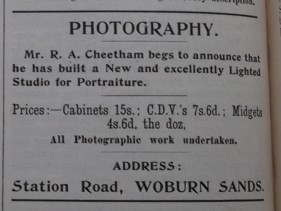
Cheetham also gave his own lantern shows, as he did for the Girl’s Friendly Society in March 1897, showing views of the various homes owned by the Society to an audience at Aspley Guise. A nationally important date for the whole country was Queen Victoria’s Diamond Jubilee in 1897. Cheetham was much involved in the meetings and arrangements beforehand and appointed to the committee for planning local festivities. Many suggestions were put forward for how the event should be marked. Ideas included an extension to St. Michael’s, a roving watercart, funding a district nurse or a new recreation ground. It was Cheetham’s proposal that the 22nd of June should be made a local public holiday and a free tea provided for children under 15 and adults over 50. The committee decided that if funds were raised by public subscription, a free tea could be provided for all parishioners.
By 1899, his sister Helena had become the Head Mistress of the Woburn Sands Infants School. Rev. Mosse left Woburn Sands during the summer to take on another of the Duke of Bedford’s churches in London. Cheetham was Honorary Secretary of the St Michael’s Communicant Guild in 1900, and still a Sidesman. 1901 saw another census and the Cheetham’s were now living as boarders, now in Aspley Heath at Montrose Villa, but separate from all other boarders that Suzanna Baker had in her household:
Robert A. Cheetham, Boarder, Single, 33, Photographer, Stalybridge, Cheshire
Helena Cheetham, Boarder, Single, 35, Teacher Board School, Cheshire
In October 1901, he was engaged to take the wedding photos of Miss Mary Elizabeth (Sissy) Humphreys of Brogboro’ Park, at her high society wedding to Mr Edward James Readman at Ridgmont. At the age of 37, on 13th September 1905, Robert was finally married himself. The bride was Fanny Elizabeth Bosworth. Rev. Mosse, formerly of St. Michael’s, Woburn Sands, had taken up a new role at St. Paul’s in Covent Garden, and Robert and Fanny travelled down to London to have their marriage conducted by him. Probably in order to gain permission to be married there, Cheetham gave his address as no.7 Henrietta Street, Covent Garden, while Fanny’s was “Stoke Albany”, Woburn Sands, which was possibly no. 52 Station Road. She was 39. Rev. Mosse was later killed in the First World War during an air raid in January 1918.
From the Beds Times, 20th October 1905:
“WOBURN SANDS. At a social meeting held at the Institute, on Thursday, in connection with the St. Michael’s Communicants’ Guild, Mr Cheetham, on the occasion of his marriage, was presented with a handsome arm chair, subscribed for by the members of the Guild, of which Mr Cheetham has been secretary for several years. The presentation was made by the Rev. D. W. Henry, who, in an appropriate speech, spoke in high terms of the valuable help given by Mr Cheetham to the Guild. The recipient suitably replied.”
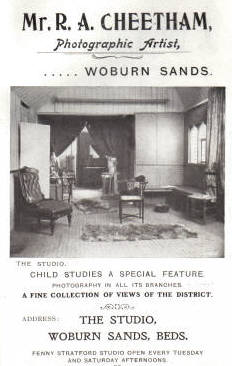
I presume his studio, pictured in a local guide book from 1905, was at home at “Stoke Albany”, as well as having some premises he attended once a week in Fenny Stratford.
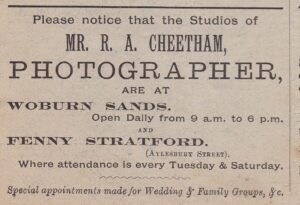
They are living at “Stoke Albany” house in Station Road in the 1911 census:
Robert Ainsworth Cheetham, 43, Professional Photographer, Stalybridge Cheshire.
Fanny Elizabeth Cheetham, 45, Ampthill.
Elizabeth Sarah Bosworth, Wife’s Aunt, Single, 74, Cranfield.
Gertrude Higgins, Single, 15, General Servant Domestic, Aspley Guise.
His sister, Helena, was now at Rose Cottage in Aspley Hill, still as a boarder, at the household of Mary Thompson. Harriett Platt, her former landlady, was also a boarder there.
After the success at the Queen Victoria Diamond Jubilee celebrations, Robert was elected as Secretary for the 1911 Coronation festivities. The Bedford Record of 5th December 1911 reported that the committee were so impressed with his hard work, where a total of £90 had been collected and spent on the event, that they presented him with a set of dessert knives and forks, the box of which was inscribed “A token of appreciation for Mr R. A. Cheetham’s work as Hon. Secretary of the Woburn Sands Coronation Commemoration 1911”.
Sadly, Robert and Fanny’s marriage was to last less than eight years. The Luton Times, of 7th February 1913:
“WOBURN SANDS. A great loss has been sustained in church circles by the demise of Mrs R. A. Cheetham which took place on Saturday at her residence, “Stoke Albany.” Wide sympathy is felt for her bereaved husband.”
The burial was at St. Michael’s, marked with a marble cross, she was buried between the graves of her mother and father.
Robert was co-opted on to the Woburn Sands Parish Council in April 1918, but resigned that September, on his appointment as Assistant Overseer. The 1920 trade directory has a commercial entry for him as “Assistant Overseer; office, High Street” but no photographers business was now listed under his name. In 1920, he was elected to be a trustee of the Woburn Sands Social Club, when it built new premises behind the High Street. He was still acting as Overseer for Woburn Sands in 1922, when he was mentioned in a case brought against Thomas Ganderton for non-payment of rates. Cheetham seems to have been as lenient as possible, and tried to get the arrrears paid in installments, but Ganderton had not offered to pay anything. Robert was the Honourary Secretary of the Woburn Sands Musical Society in September 1922. It had about 70 members, and they were rehearsing “The May Queen”.
Helena continued as the Head Mistress of the Infants School until February 1926. She was presented with a fitted dressing gown and a handbag when she retired from her post after 35 years. Helena was obviously well loved by her staff and pupils, and they spoke touchingly of her sunny courage, spirit of love and quiet happiness. It was decided not to have a separate infant’s and junior school at Aspley Heath after that, and the schools were amalgamated. It appears Robert Cheetham was retiring at about the same time, as Mr F. Wingrave, Chairman of the School Managers, remarked that he wished Miss Cheetham and her brother every happiness in their retirement. This is the last mention of him that I can find relating to Woburn Sands.
Robert next appears in official records when he was married again at the age of 60 in the second quarter of 1927 to Ann Miles Greenham in Falmouth, Devon. She was 46. Neither party seems to have any family links there. The couple then appear in the Register of Electors in Torquay in 1929 & 1930, living in a house called “Mount Vernon”, on Erith Road Higher. In 1931, they had moved on to “Hill View”, Fore Street, Kingsbridge, which is where they were still living when Robert died in 1932, aged 64. His second wife, Ann Miles, later moved to live with her sister at “Gardd llowarch” house in a village called Valley, on Anglesey, Wale, and was still there when the 1939 Register was taken. She died in 1940, aged 58.
Robert’s sister, Helena Cheetham, was still alive in 1939, at 29 South Parade, Hoylake, described as a retired Head Teacher, when the 1939 Register was taken. She died in the autumn of 1945, around Wakefield, in Yorkshire.
These are some of the Cheetham postcards and carte d’visit in my collection. Many are of Woburn Sands, but he also covered other local villages, such as Wavendon, Bow Brickhill, Aspley Guise, Woburn, and even as far as Cranfield. I am sure some of the other cards in my collection are ‘Cheetham’s’ as well, but they do not feature his embossed name. Perhaps they sometimes sold before he could apply it to all the cards! The rear of the cards varies greatly, depending on what photographic stock he had bought, but he never printed his details on the rear. There are many Cheetham photos and postcards at the Bedfordshire Archives and Records Service, at Bedford, particularly in catalogues Z50, Z251 and Z608, as well as others.
I am always looking for other Cheetham postcards or examples of his studio portraits.
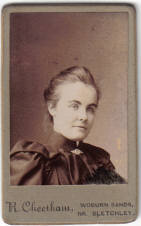
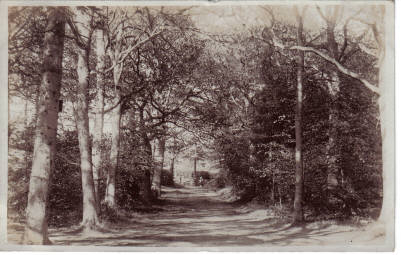
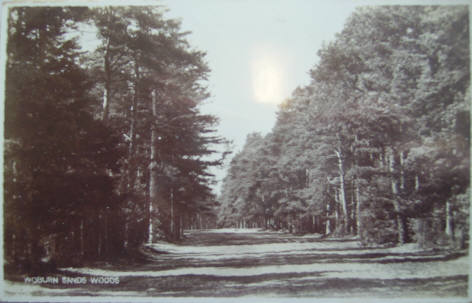
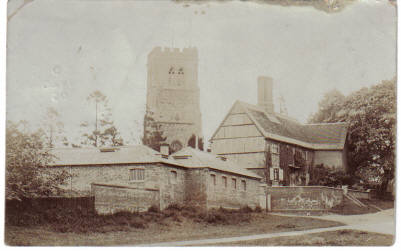
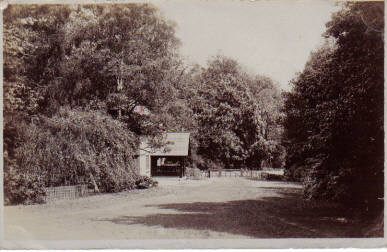
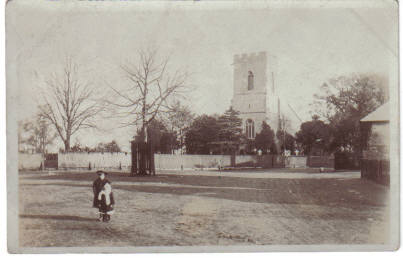
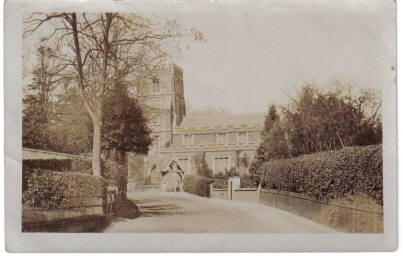
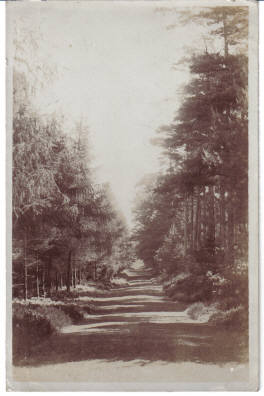
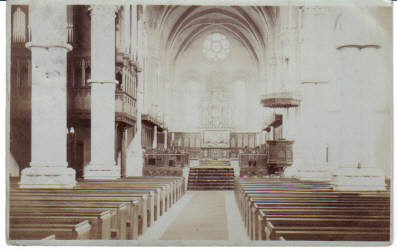
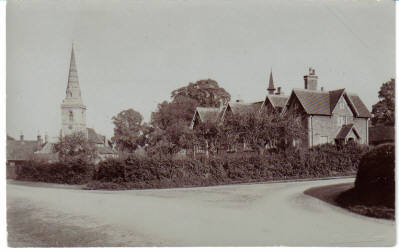
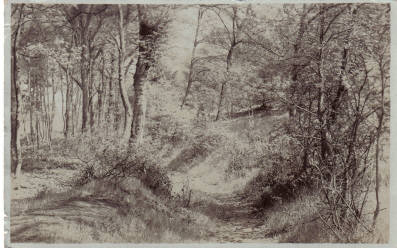
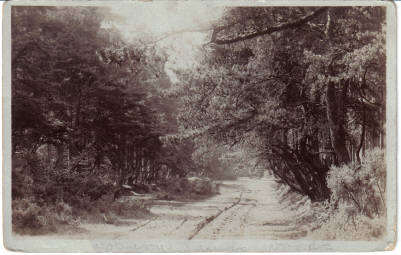
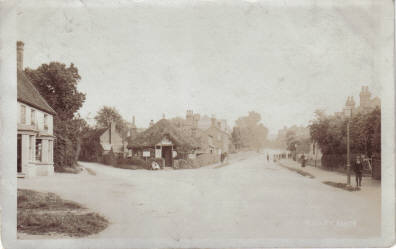
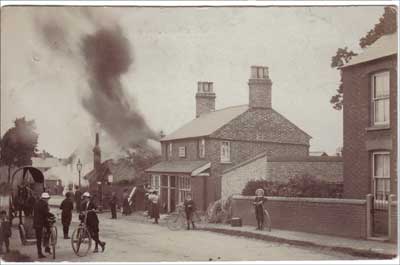
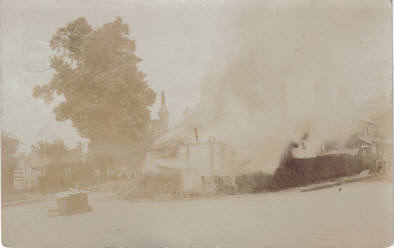
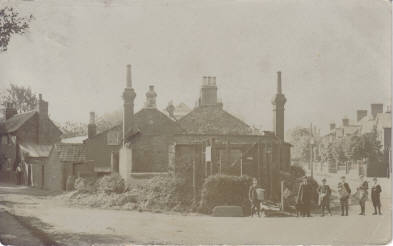
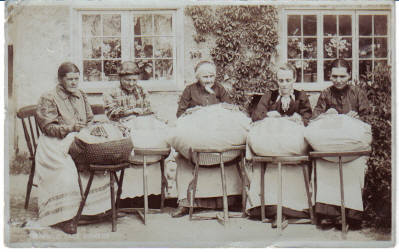
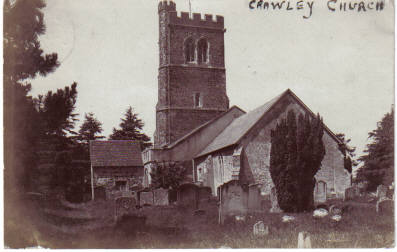
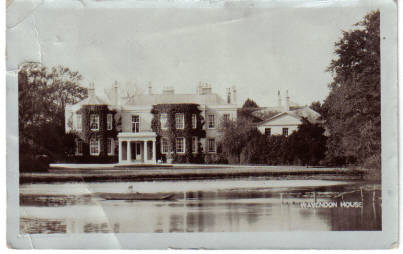
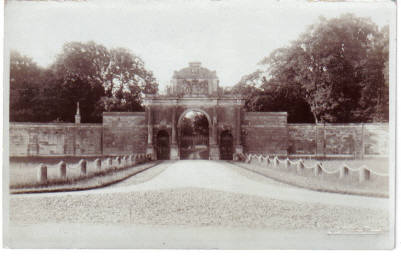
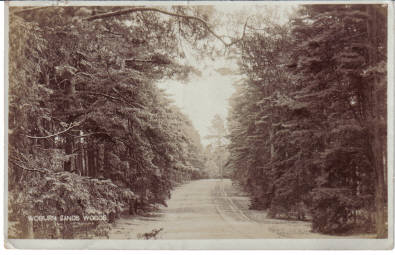
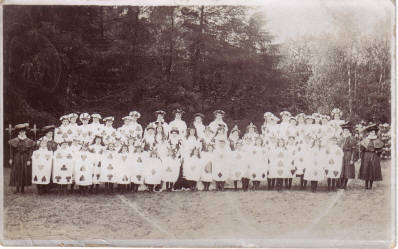
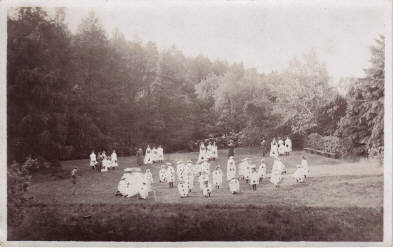
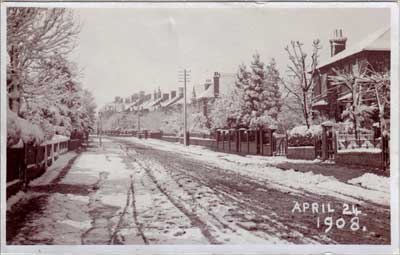
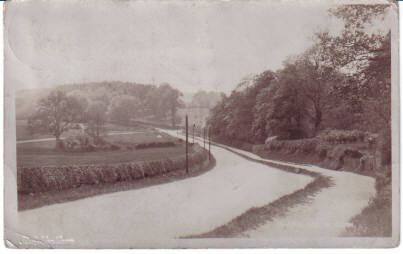
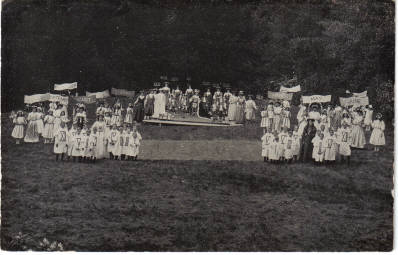
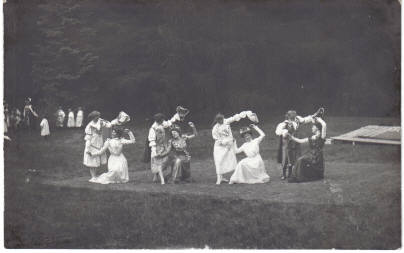
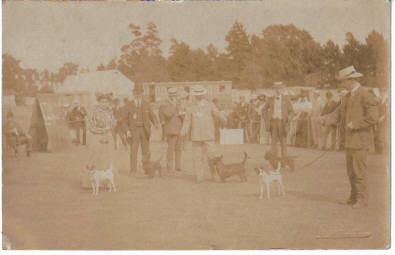
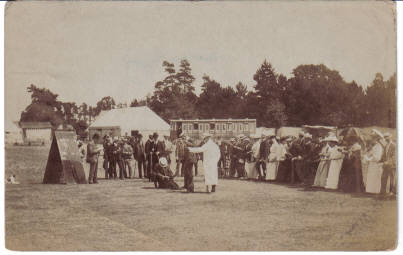
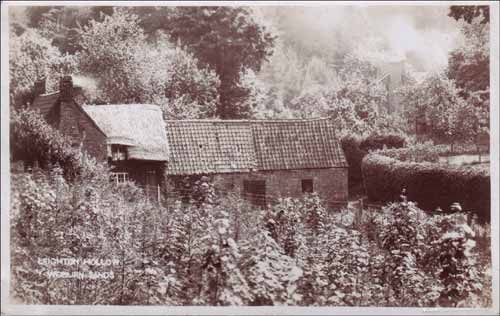
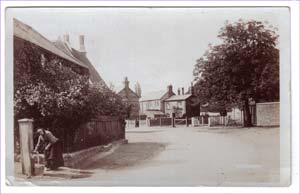
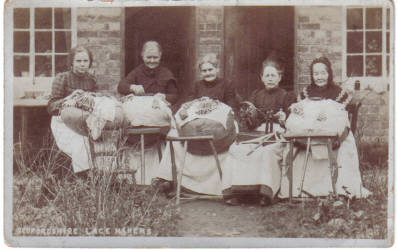
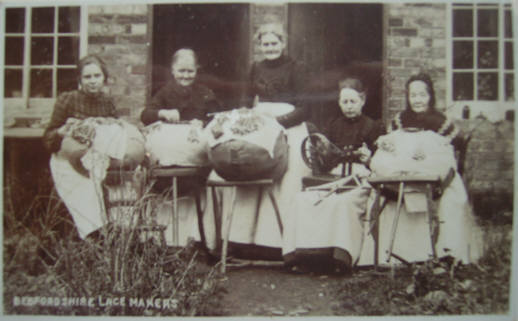
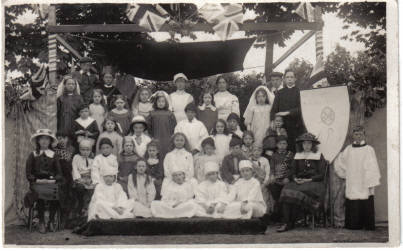
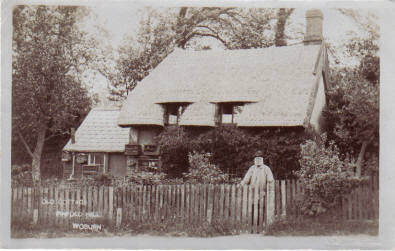
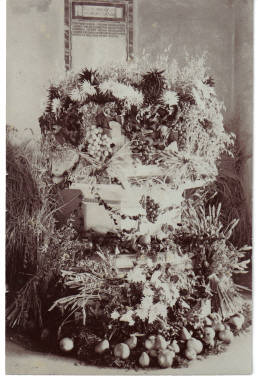
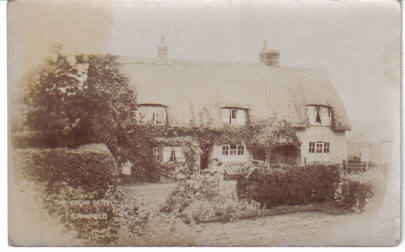
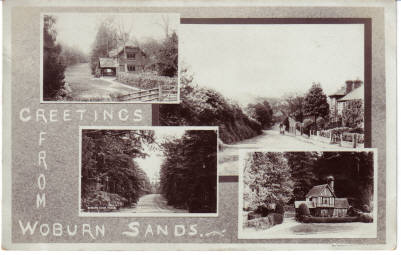
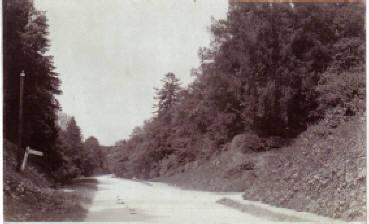
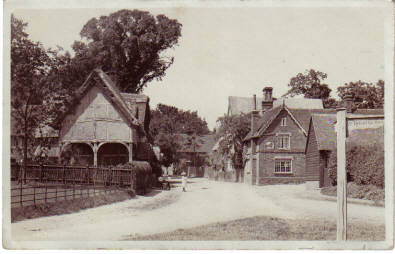
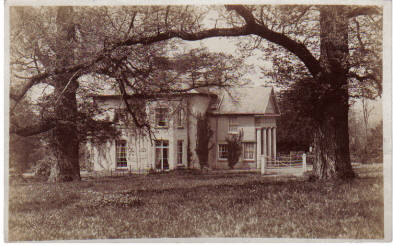
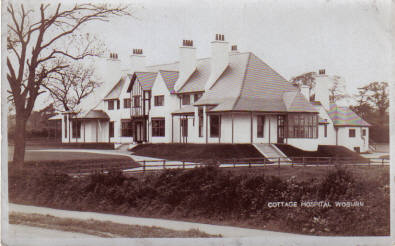
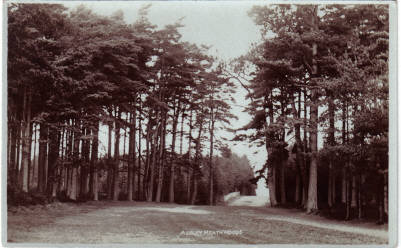
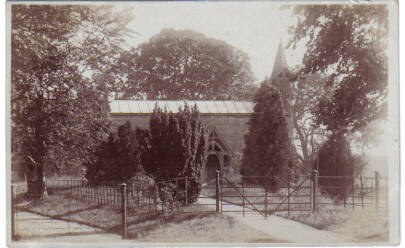
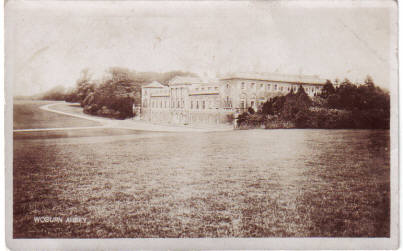
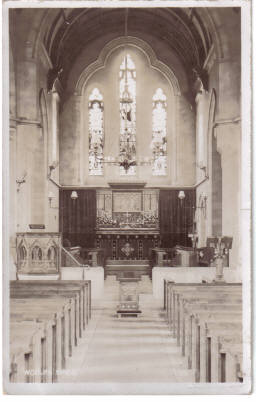
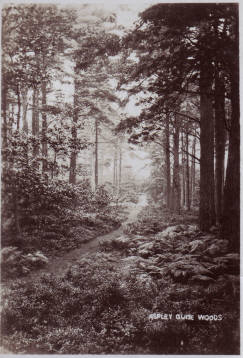
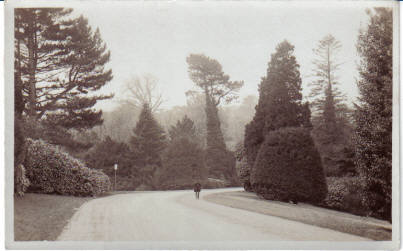
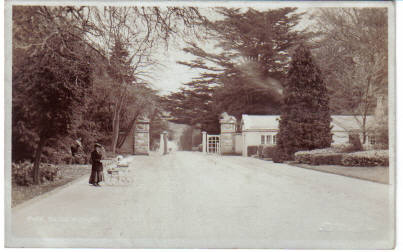
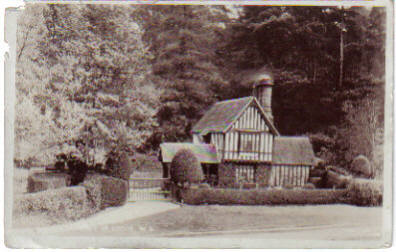
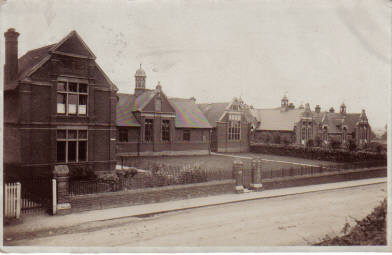
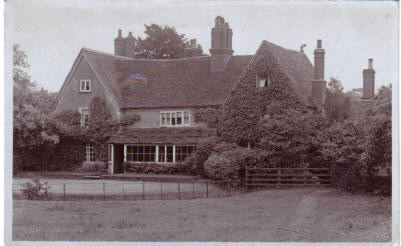
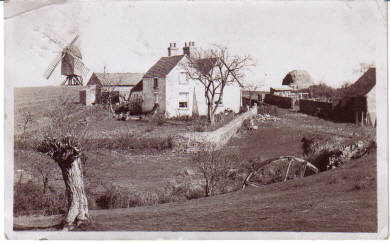
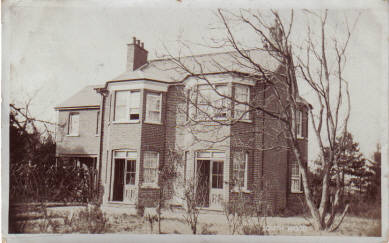
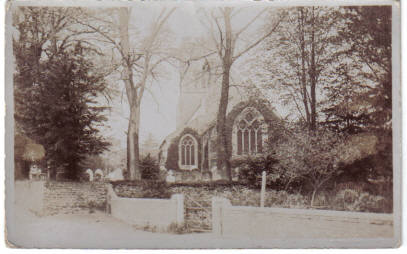
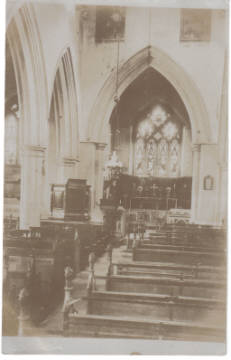
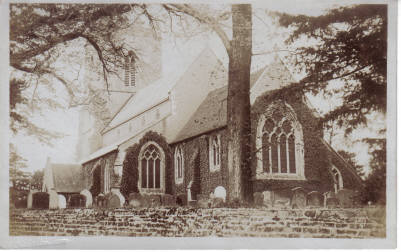
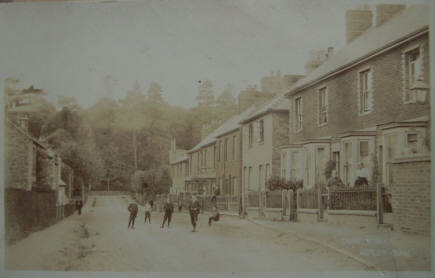
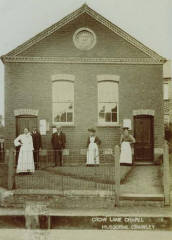
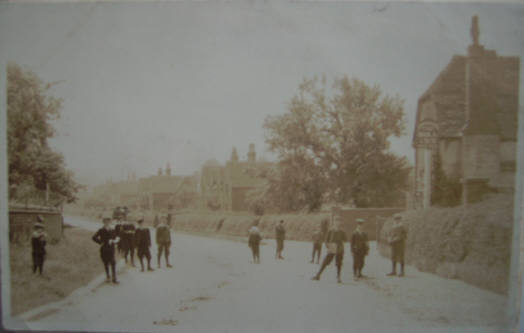
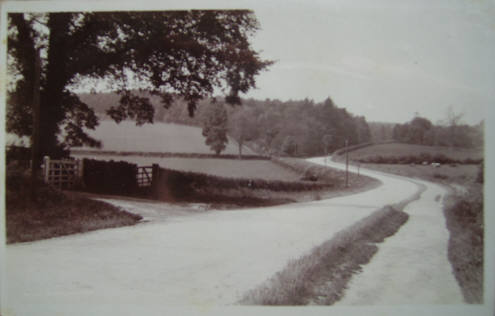
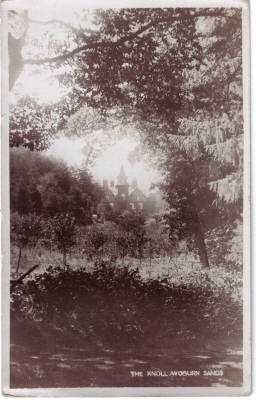
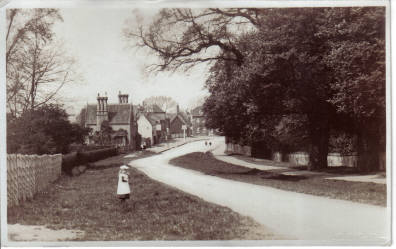
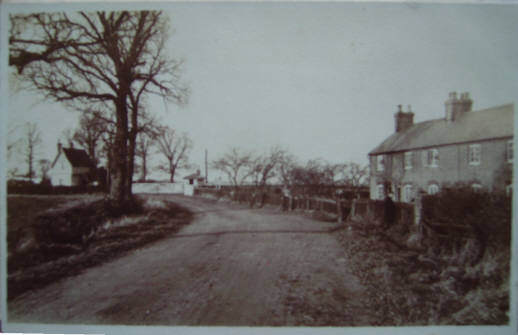
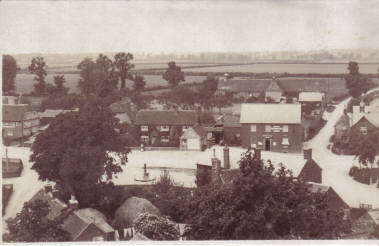
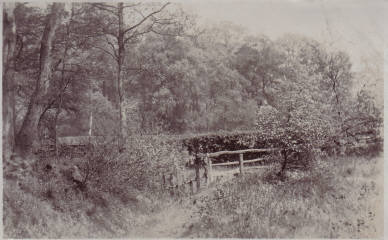
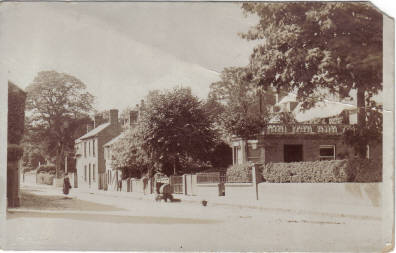
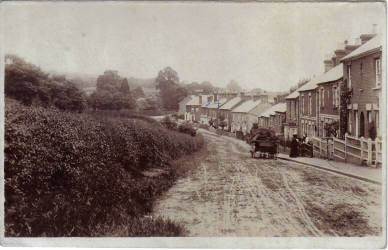
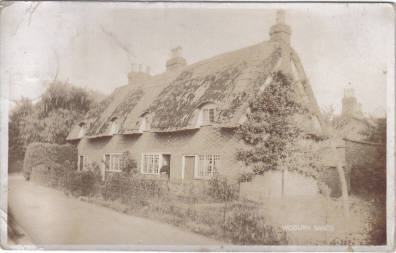
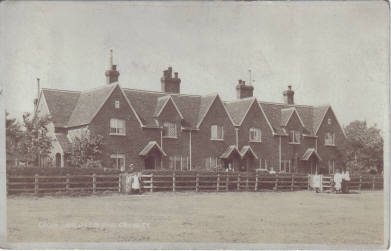
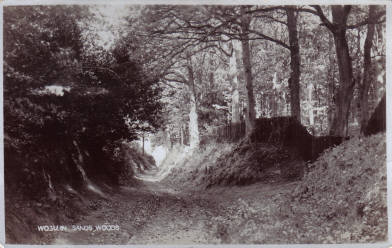
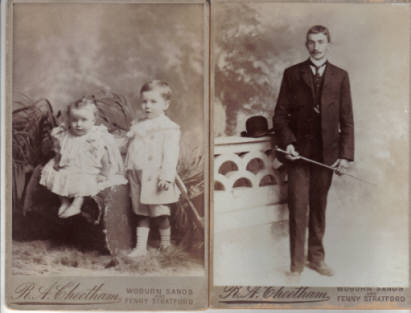
If you have any Cheetham postcards that I can add to the display here, I would be pleased to hear from you. Check the corners carefully for embossing!
Page last updated Feb. 2020.
